Explanation
Hwaam Tourist Attractions comprises the eight scenic sights of Hwaam. The winding road leading to the attractions offers a perfect sencery of the mountains and cliffs, as well as magnificent fall foliage in autumn. Sign posts are installed along the way to each of the sceneries to prevent tourists from getting lost.
[Scenic Beauty 1] Hwaam Mineral Spring
At Hwaam Mineral Spring, water rises up through a rock crater located in Dong-myeon, Jeongseon. The water is said to be good for stomachaches, eye infections, and skin diseases; and, as it contains nine essential elements such as calcium and fluorine, it tastes crisp and clean.
[Scenic Beauty 2] Turtle Rock
Part of the path leading to Hwaam Mineral Spring is buttressed by a cliff, on which there is a rock that resembles the shape of a turtle.
[Scenic Beauty 3] Yongmaso
With its clean water and wide sheets of rock, Yongmaso Lake is a popular attraction for vacationers.
[Scenic Beauty 4] Hwaamdonggul Cave
Hwaamdonggul Cave used to be a gold mine that was commercially operated from 1922 to 1945. The nation’s 5th largest goldmine was, however, found to have natural stalactites, and later the cave was developed as the only theme-based cave that combined gold and nature. The stalactite area is an open space of 2,800㎡ and the length of the path open to visitors is 1,803 meters. The entire area consists of 5 chapters, which in turn constitute 41 zones; it takes about an hour and a half to see all of the zones.
[Scenic Beauty 5] Hwapyoju Cliff
Hwapyoju is a cliff facing the entrance of Hwapyo-dong, which can be seen on the way from Hwaam-dong to Molundae. The cliff may appear as if a giant sharpened a large sheet of rock and placed it upright, or less imaginatively, as if two pillars are standing side by side.
[Scenic Beauty 6] Sogeumgang River
The four-kilometer stretch from Hwapyoju to Molundae, surrounded with 100 to 150-meter high rock cliffs and thick forest, is called Sogeumgang River (small Geumgang River), meaning that its beautiful scenery is reminiscent of that of the breathtaking Geumgangsan
Mountain.
[Scenic Beauty 7] Molundae Cliff
Molundae literally means ‘the cliff beyond which clouds disappear’. The tip of the steep cliff is adorned with three specimens of 500-year-old pine trees. Legend has it that gods would perch on the cliff’s top and enjoy the beautiful view. At the foot of the cliff lies a large sheet of rock that can accommodate hundreds of people.
[Scenic Beauty 8] Gwangdaegok Valley
Gwangdaegok Valley is said to be the mysterious place where heaven, earth and clouds meet. The surrounding hills are very rough and bumpy, which makes the area a renowned mountain in Korea. There is a belief among wild-ginseng diggers that they can find great ginseng if they pray in Gwangdaegok, so it is a popular attraction for such prospectors.
Inquiry
+82-33-560-2363
Homepage
www.ariaritour.com (Korean, English, Japanese, Chinese)
www.jsimc.or.kr (Korean only)
Information Use
Contact and Information : • 1330 Travel Hotline: +82-2-1330
(Korean, English, Japanese, Chinese)
• For more info: +82-33-560-2363
Location
1328, Yaksu-gil, Jeongseon-gun, Gangwon-do
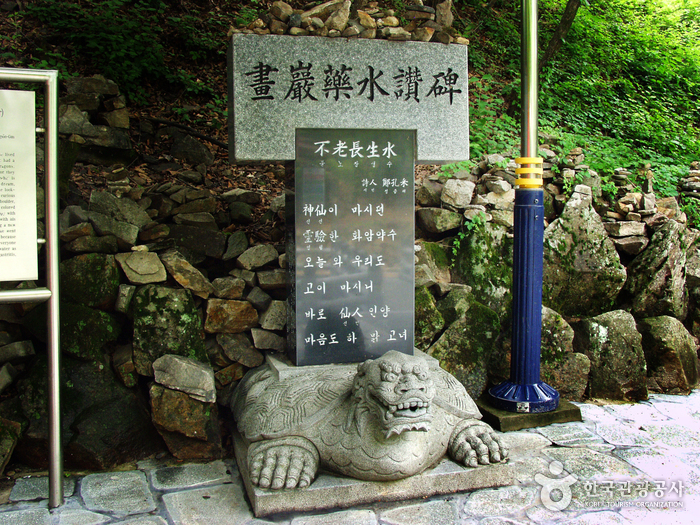
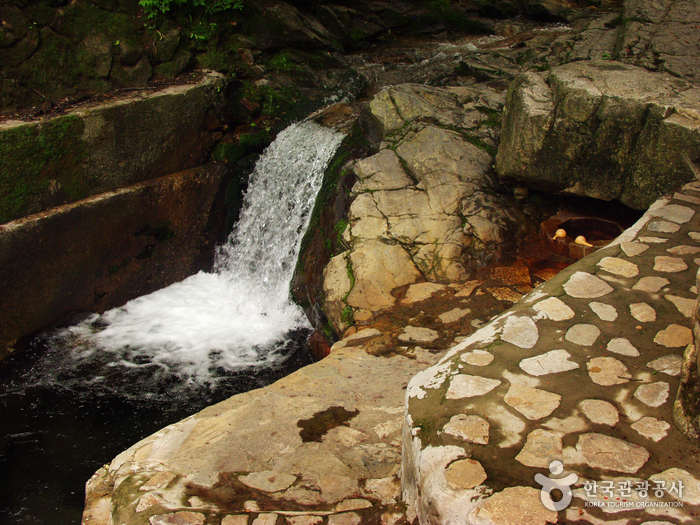
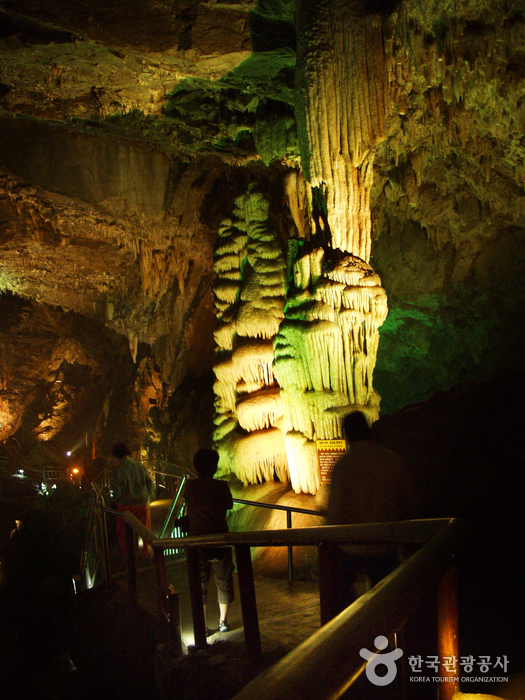
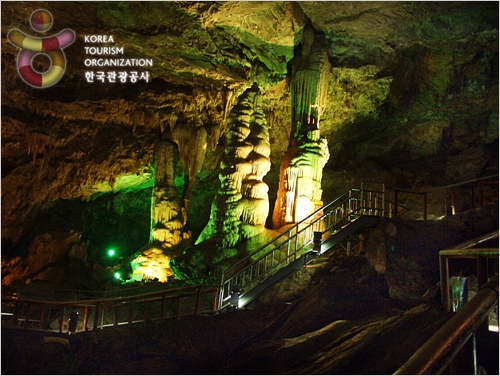
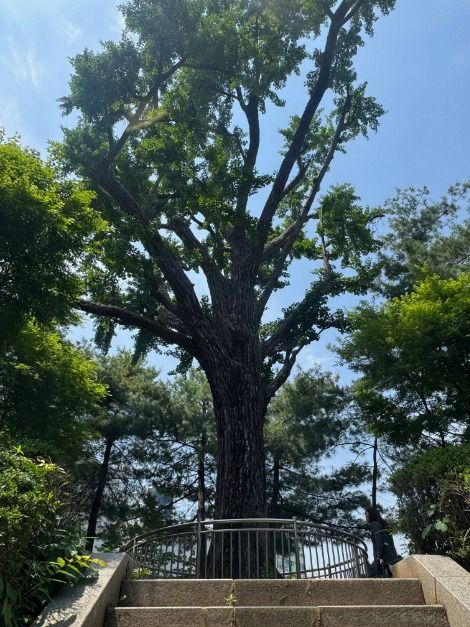
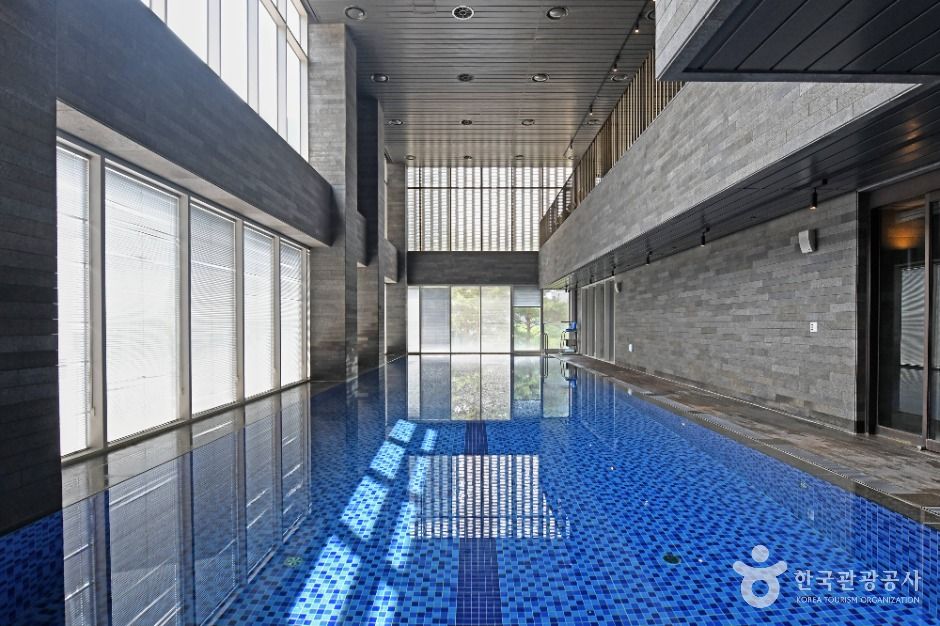
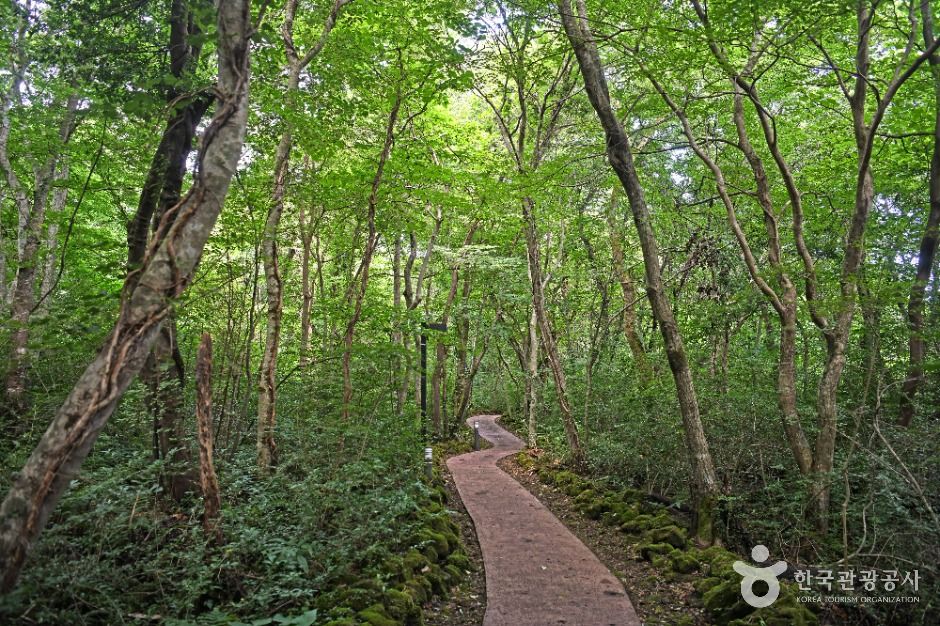
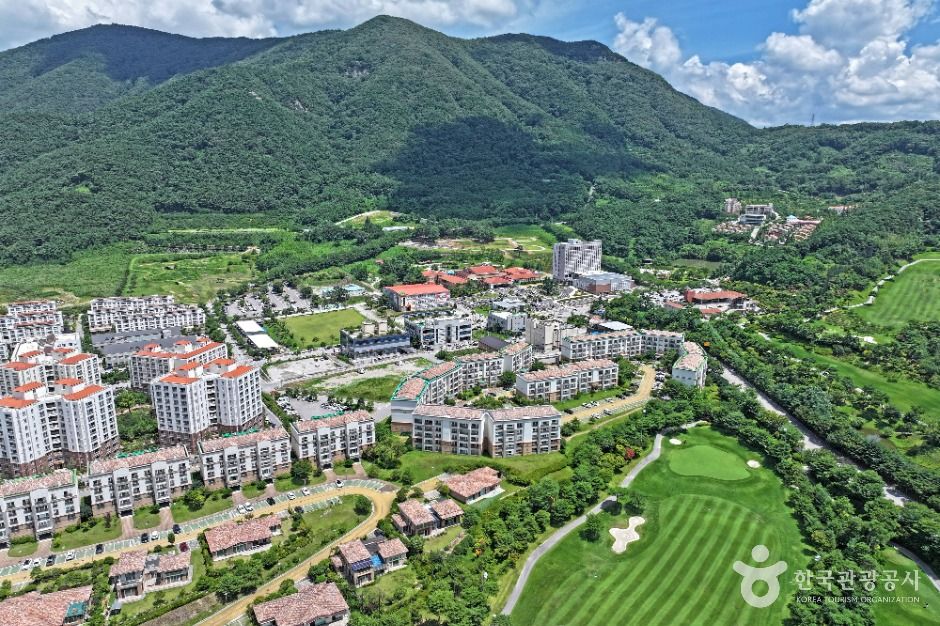
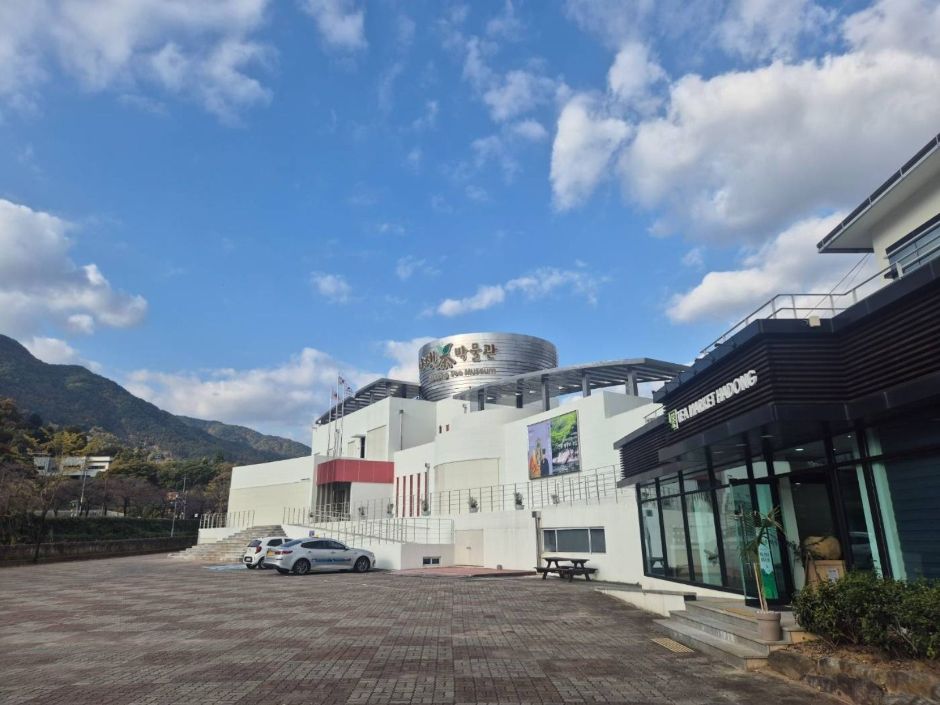
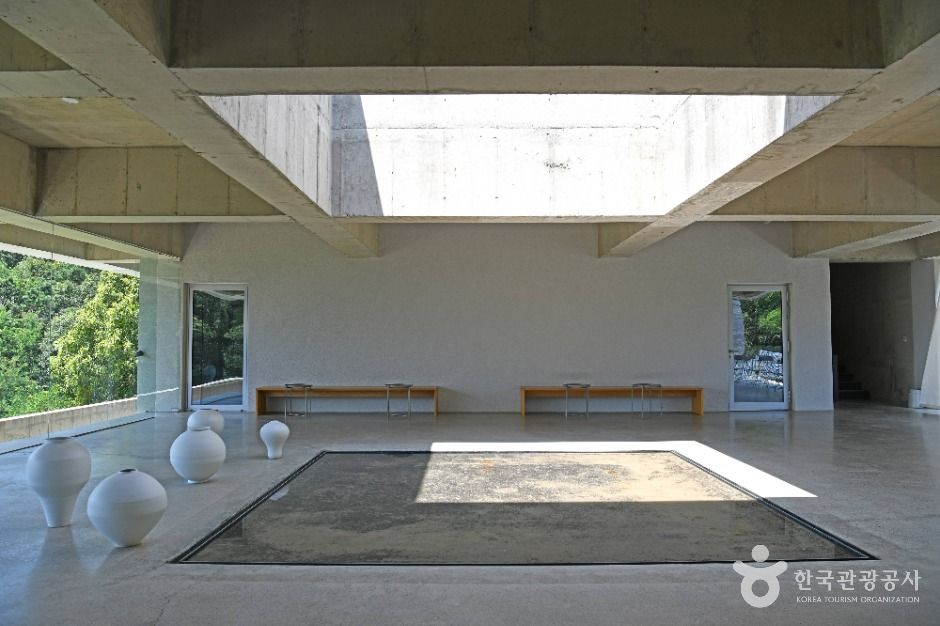
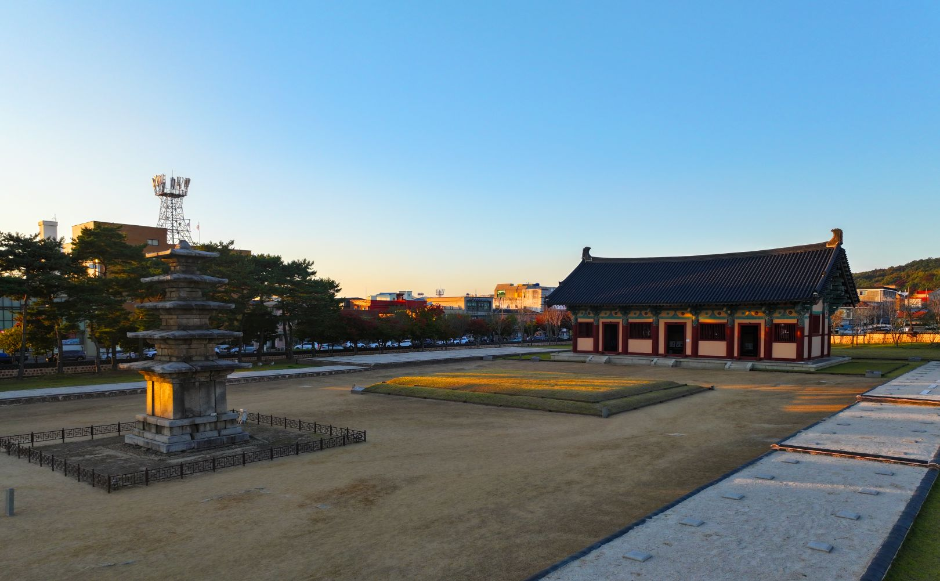

 English
English
 한국어
한국어 日本語
日本語 中文(简体)
中文(简体) Deutsch
Deutsch Français
Français Español
Español Русский
Русский